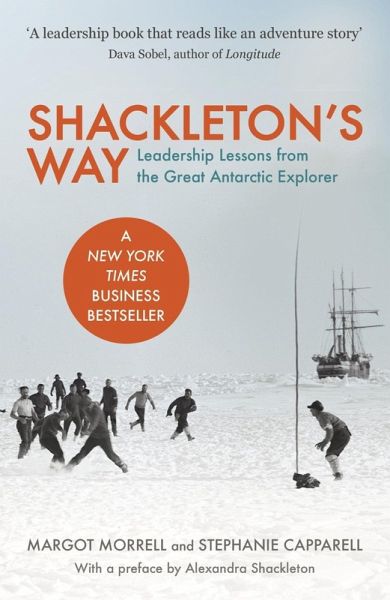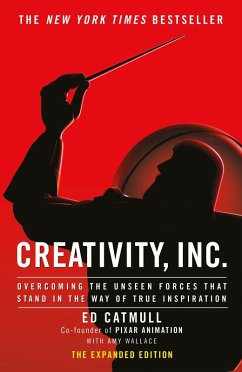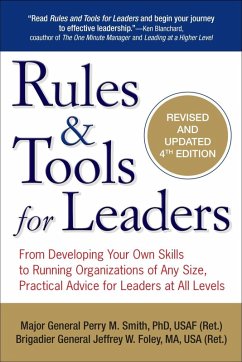
Shackleton's Way (eBook, ePUB)
Leadership Lessons from the Great Antarctic Explorer
Versandkostenfrei!
Sofort per Download lieferbar
3,99 €
inkl. MwSt.
Weitere Ausgaben:

PAYBACK Punkte
0 °P sammeln!
Sir Ernest Shackleton has been called 'the greatest leader that ever came on God's earth, bar none' for saving the lives of the twenty-seven men stranded with him on an Antarctic ice floe for almost two years. Written by two veteran business observers, Shackleton's Way details universal leadership tactics set against the thrilling survival story of the Endurance expedition.Whether it's hiring good workers, supporting and inspiring employees to do their best, managing a crisis with limited personnel and resources, creating order out of chaos, or leading by personal example with optimism, egalit...
Sir Ernest Shackleton has been called 'the greatest leader that ever came on God's earth, bar none' for saving the lives of the twenty-seven men stranded with him on an Antarctic ice floe for almost two years. Written by two veteran business observers, Shackleton's Way details universal leadership tactics set against the thrilling survival story of the Endurance expedition.
Whether it's hiring good workers, supporting and inspiring employees to do their best, managing a crisis with limited personnel and resources, creating order out of chaos, or leading by personal example with optimism, egalitarianism, humour, strength, ingenuity, intelligence and compassion, Ernest Shackleton set an example we can all follow.
Illustrated with photographer Frank Hurley's masterpieces and other rarely seen photos, Shackleton's Way is filled with fascinating and practical lessons of a leader who succeeded by putting people first and triumphing brilliantly when all the odds were against him.
Whether it's hiring good workers, supporting and inspiring employees to do their best, managing a crisis with limited personnel and resources, creating order out of chaos, or leading by personal example with optimism, egalitarianism, humour, strength, ingenuity, intelligence and compassion, Ernest Shackleton set an example we can all follow.
Illustrated with photographer Frank Hurley's masterpieces and other rarely seen photos, Shackleton's Way is filled with fascinating and practical lessons of a leader who succeeded by putting people first and triumphing brilliantly when all the odds were against him.
Dieser Download kann aus rechtlichen Gründen nur mit Rechnungsadresse in A, B, BG, CY, CZ, D, DK, EW, E, FIN, F, GR, HR, H, IRL, I, LT, L, LR, M, NL, PL, P, R, S, SLO, SK ausgeliefert werden.













